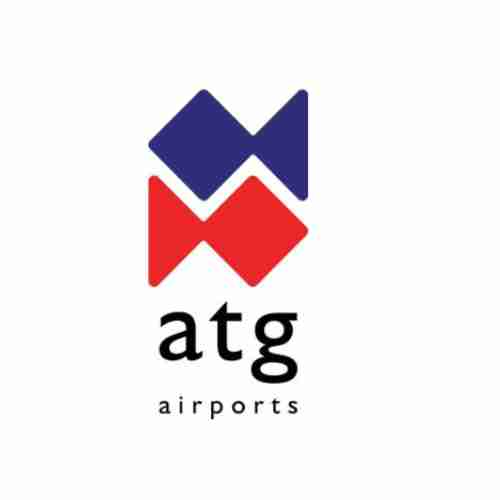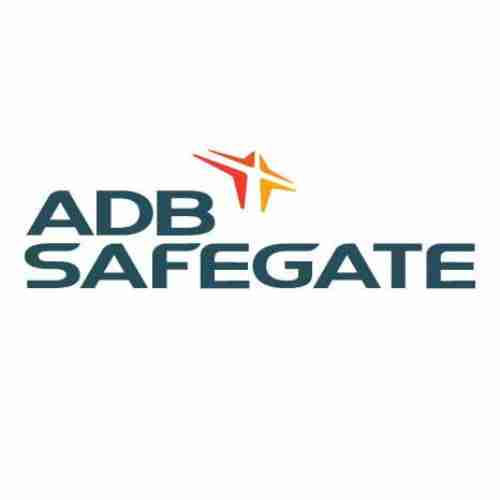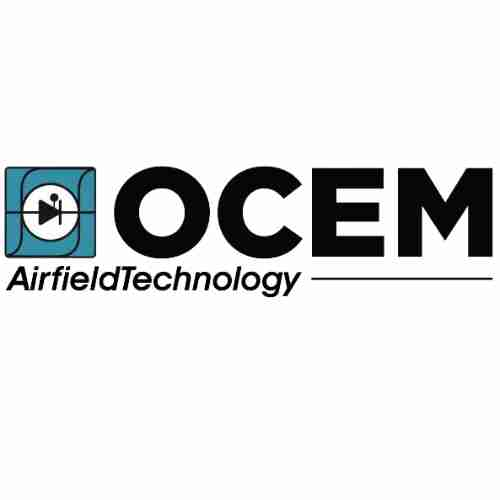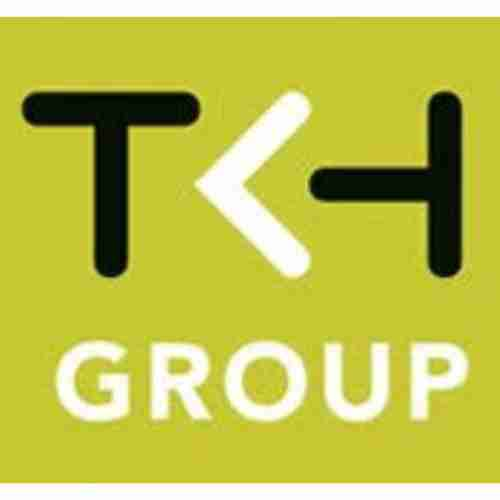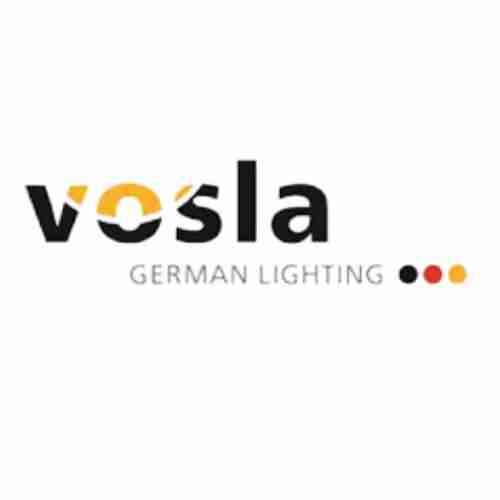Airfield Ground Lighting Runway and Taxiway in Germany in 2025
Imagine yourself soaring through the twilight sky, Germany’s vast landscape sprawling beneath you. As the sun dips below the horizon, a symphony of lights unfolds, guiding your aircraft safely towards its destination. This intricate network of illumination is airfield ground lighting (AGL), a marvel of aviation engineering that orchestrates safe landings and takeoffs even in low-light conditions.
In this comprehensive guide, we delve into the world of German airfield ground lighting, exploring the various systems, their functionalities, and the cutting-edge technologies shaping the future of air travel in Germany. Whether you’re a pilot navigating the night skies, an aviation enthusiast, or simply curious about the intricate workings of modern airports, this blog post will illuminate the fascinating world of AGL.
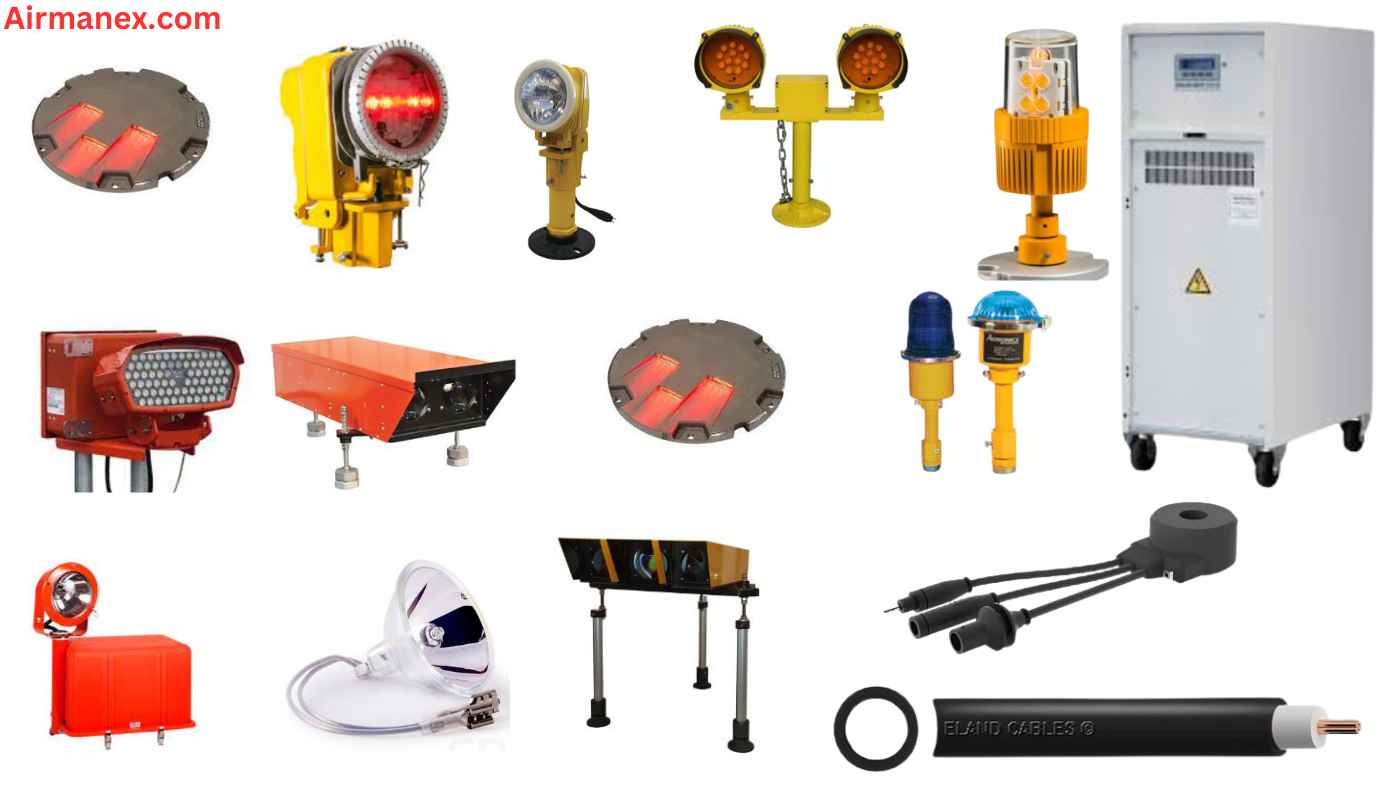
A Conductor’s Guide
AGL, also known as aeronautical ground lighting (AGL), is a meticulously designed system of lights strategically placed on runways, taxiways, and other critical areas of an airfield. These lights act as a luminous language, conveying vital information to pilots and ensuring safe and efficient airport operations.
Here’s a breakdown of the key players in this AGL orchestra:
- Runway Edge Lights: These brilliant white or yellow lights clearly define the runway’s usable area, guiding pilots during landing and takeoff rolls.
- Threshold Lights: Located at the beginning and end of a runway, these powerful lights signal the start and end of the designated landing or takeoff zone.
- Centerline Lights: Running down the center of the runway, these lights provide precise guidance for maintaining proper runway alignment.
- Runway End Identifier Lights (REILs): These alternating red and white lights at both ends of the runway are the airport’s signature in the darkness, clearly identifying the runway from the air.
- Taxiway Centerline Lights: Similar to their runway counterparts, these blue lights mark the centerline of a taxiway, aiding pilots in navigating between the runway and other parts of the airport.
- Taxiway Edge Lights: These typically blue lights define the edges of taxiways, ensuring pilots maintain proper separation from runway edges and other taxiways.
- Stop Bar Lights: Red stop bar lights signal the mandatory stopping point for aircraft before entering a runway or another taxiway.
- Clearance Bar Lights: These white lights indicate the point where an aircraft is authorized to enter a runway or taxiway after coming to a complete stop at the stop bar.
This is just a glimpse into the vast array of AGL components. Precision Approach Path Indicator (PAPI) lights, runway status lights (RWSL), and visual guidance signaling systems (VGSS) are just a few more examples of the sophisticated systems that make up a comprehensive AGL network.
International Civil Aviation Organization (ICAO) Standards
While the specific AGL configurations may vary slightly between airports, they all adhere to a universal language – the standards set forth by the International Civil Aviation Organization (ICAO) Annex 14 Aerodromes. These internationally recognized guidelines ensure consistency and pilot familiarity with AGL systems across the globe. Regardless of whether you’re landing in Frankfurt or Munich, the core principles of AGL remain the same, promoting safety and seamless navigation for pilots worldwide.
Innovation Illuminates the Skies
Germany has a long and illustrious history in aviation, and AGL is no exception. German manufacturers are at the forefront of developing cutting-edge AGL technologies, constantly pushing the boundaries of efficiency, safety, and sustainability.
Let’s delve into some of the advancements shaping the future of German AGL:
- LED Lighting Revolution: Energy-efficient and long-lasting LED lights are rapidly replacing traditional halogen lamps in AGL systems. This shift translates to significant cost savings for airports, reduced maintenance requirements, and a more environmentally friendly approach to aviation.
- Solar Power Takes Flight: Harnessing the power of the sun, some German airports are implementing solar-powered AGL systems. This not only reduces dependence on conventional energy sources but also promotes a more sustainable aviation industry.
- Pilot-Controlled Lighting Systems: Empowering pilots with greater control, these innovative systems allow them to adjust the intensity of AGL lights based on visibility conditions. This improves pilot comfort and reduces light pollution in the surrounding areas.
- Advanced Control Systems: Sophisticated computer-controlled AGL systems are being implemented in Germany. These systems offer real-time monitoring, fault detection, and remote control capabilities, ensuring optimal performance and swift troubleshooting.
Estimated Price Range (EUR)
Given these variables, a ballpark estimate for a basic AGL system for a small airfield in Germany might range from €500,000 to €1,000,000 (Euros). This would likely include basic runway edge lights, centerline lights, threshold lights, and taxiway edge lights with a simpler on/off control system.
For larger airports with extensive runway lengths, complex taxiway layouts, and advanced LED lighting with a sophisticated control system, the price tag could easily climb to €5,000,000 (Euros) or even higher.
FAQs
What are the benefits of LED lighting in German AGL systems?
LED lights offer significant advantages over traditional halogen lamps. They boast superior energy efficiency, leading to lower operating costs. Their extended lifespan translates to less frequent maintenance, and they contribute to a more sustainable aviation industry in Germany.
Is there any government support for upgrading AGL systems in Germany?
Some German government programs might offer financial aid to airports looking to modernize their AGL systems. These grants often prioritize upgrades that enhance safety or promote sustainable practices like solar-powered lighting solutions.
How much does a typical AGL system cost for a German runway and taxiway?
The cost of an AGL system varies greatly depending on the airport’s size, chosen lighting technology, and control system complexity. Expect a range of €500,000 to €5,000,000 (Euros) or more, with larger airports and advanced features costing significantly more.


